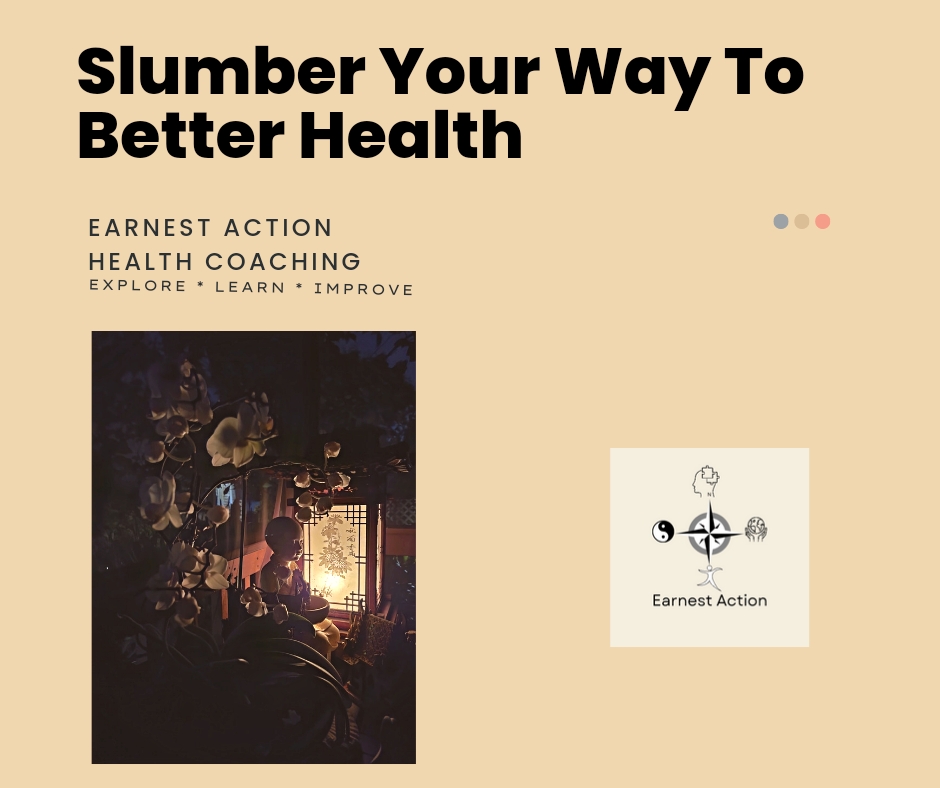As a Personal Trainer, I discuss weight differently than I do as a Health Coach. In this installment, I want to discuss how these professions and our society are evolving regarding weight, obesity, and body-shaming. Are you wondering why I decided to talk about this subject? I have three reasons. I read about Queen Latifah’s reaction when her trainer called her obese; I completed Tasha Edwards, MS course on Breaking Body Barriers. Finally, I read Kellie Walters, Ph.D. recent article in IDEA Fitness Journal, Weight Biases: How Do They Influence Our Industry.
I want to know how do you want to talk about your body size? I invite everyone to share their comments below as we explore this topic. The material provoked a lot of reflection about how I think and talk about weight.
Health Coaching and Personal Training Approaches.
First the approaches of both of these professions are starting to converge. Remember that I recently was certified as a Health Coach and have had my Personal Training certifications for over ten years. The Health Coach perspective asks coaches to address their weight bias first. We are taught to see our clients as a whole and resourceful people who can change their lives. As a coach, we collaborate with our clients to help them find their best selves. We are immediately instructed to ask permission to discuss a client’s weight. We candidly discuss what words will be used during that discussion. What resonated strongly with me was when I watched Tasha Edwards’ say that 95.8% of women 40-50 years old have negative emotions about their weight. I have always been stocky. I did not take action to improve my health earlier because I thought it was of no use.
My Personal Training instruction and experience were quite different. While we were taught about the many causes of obesity (environmental including medications, stress, genetics, hormonal, sleep, energy balance), we were encouraged to use strong labels like obesity or overweight. As a new trainer, senior trainers often told me people need to have a wake-up call to become motivated. That their life depended on this change. No wonder 50% of women avoid gyms and fitness classes. However, the practice is changing with people like Tasha Edwards and Kellie Walters speaking out.
Walters gives fitness professionals five steps to reducing weight bias.
- Start with yourself.
- Solicit feedback.
- Expand your worldview.
- Think through your actions.
- Continue Your Education.
Using these five steps I started to think of my biases. First, there was a thread in each of these items. That anti-fat bias was a colonial idea used by white men to justify enslavement. At first, I shied away from this idea. Then as I reflected, I realized it has merit. As a trainer, I seldom saw large Black women in the gym. I did always assume thick people wanted to lose weight. I have to admit I have a bias here, and Tasha and Kellie helped me realize it. I will use the fourth step to ensure that I think through how I use images and how to be more inclusive of people with different body sizes.
Stating Measurement Results in Language Our Clients Find Offensive.
Queen Latifa recently related a story about a discussion with her trainer. The trainer spoke to her about her BMI and called her obese based on the result. In Adreon Patterson’s Cinemablend article, the trainer, Jeanette Jenkins, states she based her comments on two other tests: bio-electrical impedance and calipers. As I read the two descriptions of events, I thought, what if the trainer had the discussion about how the client wanted to talk about her weight. I wonder if then the anger could have been avoided. This would have enabled a deeper discussion of the client’s values and motivation for training. Would it have been better to skip the characterization and focus on the higher rates of high blood pressure, heart attack, and diabetes for Black, Indigenous, and People of Color (BIPOC).
Assessments help estimate the risk to your health. However, only you can tell your health coach or trainer what words do not cause you shame. Sharing words like large or thick that are not shaming to you will help your coach engage you in further discussion about your health concerns. What is important is that you understand the more significant health risk of a higher body fat percentage. The tests your doctor does on a routine physical like Cholesterol, Triglyceride levels, and blood pressure are all necessary measures.
For more information about why health coaching is about you, please ready my blog post, It’s All About You.
Top site ,.. amazaing post ! Just keep the work on !
As I site possessor I believe the content matter here is rattling fantastic , appreciate it for your hard work.…
Simply wish to say your article is as surprising. The clearness for your put up is simply cool and that…
Youre so cool! I dont suppose Ive read anything like this before. So good to search out any individual with…
Thanks – Enjoyed this blog post, can you make it so I receive an update sent in an email when…
Disclaimer. The information provided in this article may not be appropriate for all people. Suppose you are not currently exercising or have or suspect you have conditions like a cardiovascular, metabolic, or renal disease. In that case, you should consult your physician before considering any suggested changes.



Leave a Reply